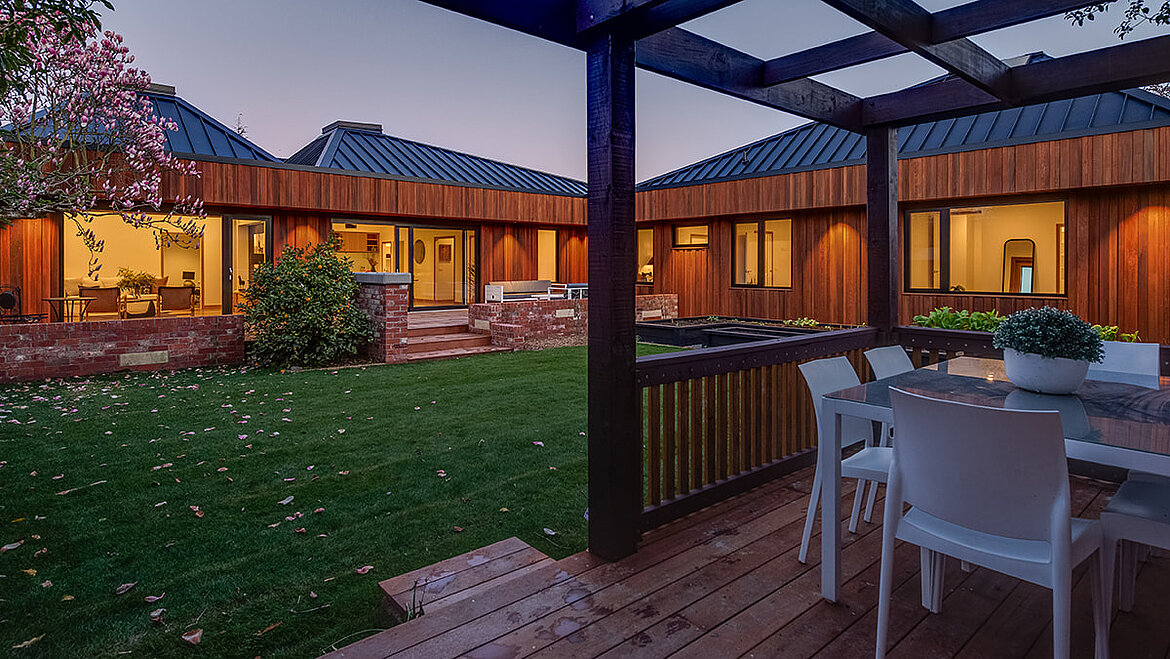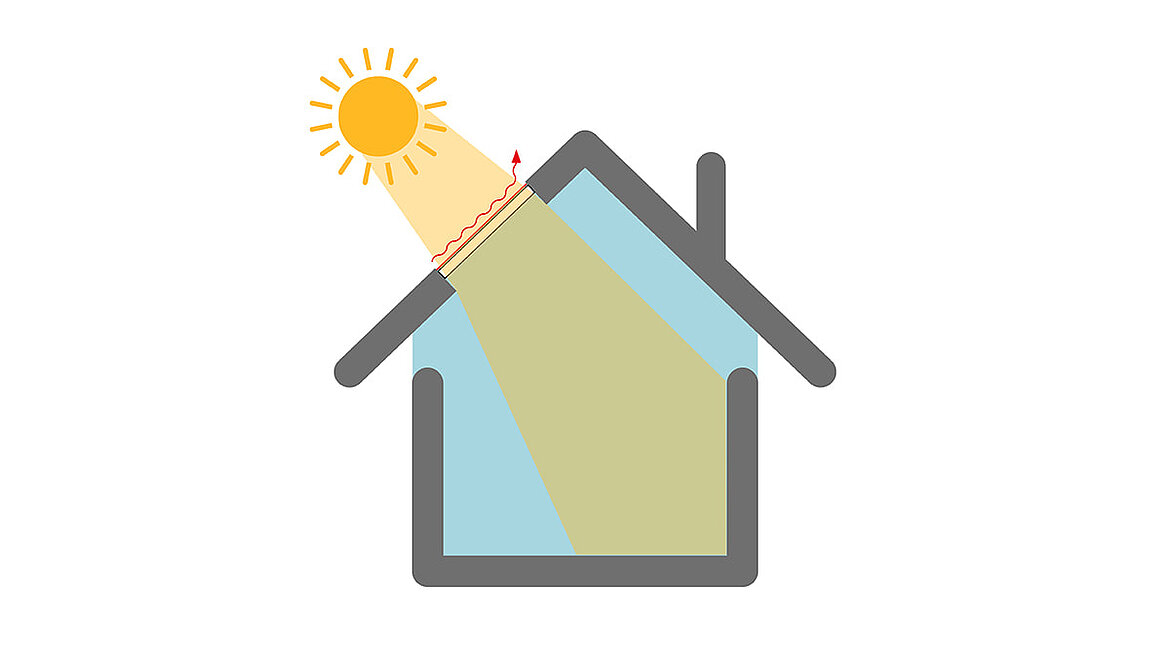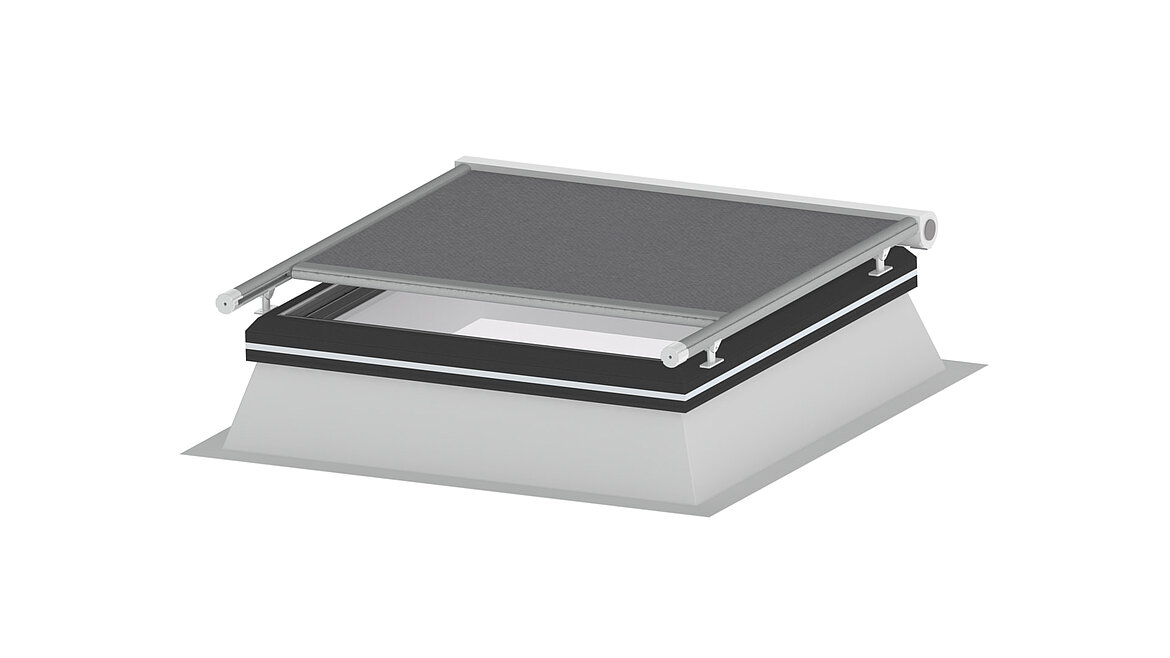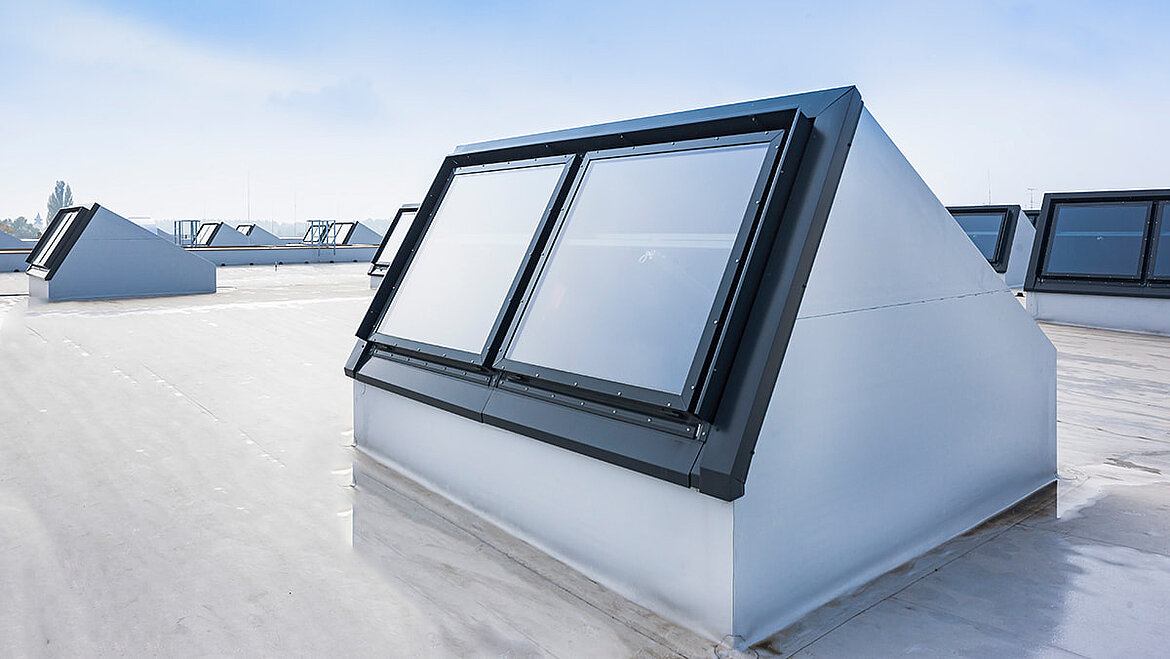How can I protect my building from heat in summer and cold in winter?
Everyone knows it: The heat makes it impossible to fall asleep in the evening. Even the nights don't bring a longed for cooling down. People have always sweated in their beds at night, but we are becoming increasingly aware of this phenomenon. What's the reason for this?
Climate change is to blame for this, as it causes rising average temperatures and entails increasingly prolonged hot spells. Long lasting heat waves fall under the category of extreme weather events. These extreme weather events have serious consequences.
In Germany, August 2020 was particularly hot – up to 4.5 °C warmer than the long-term average. The heat that lasted up to nine days in some cases, is the longest since weather records began.
Thermal protection in summer
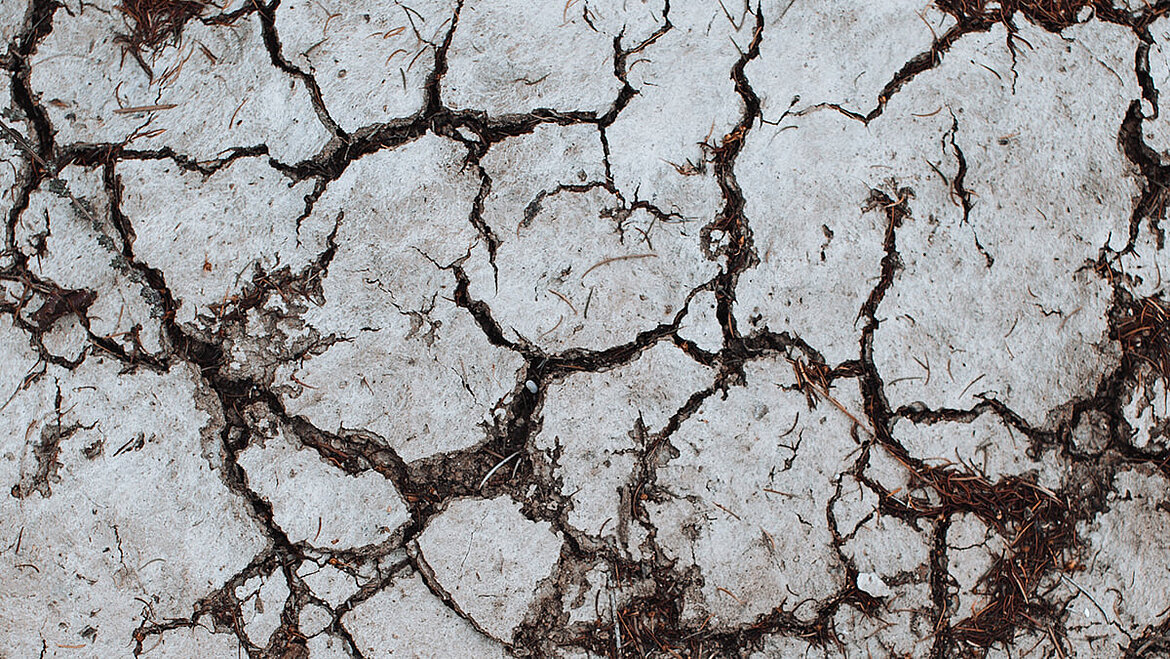
In summer, and especially during hot summers as they occur in recent years, it is increasingly important not to let the heat radiation of the sun inside the building. The heat should stay outside as much as possible. Or, in other words, the heating of the interior caused by solar radiation should be limited to an extent that allows for a comfortable climate to be created inside.
Since air conditioning systems have not been or cannot be installed in every building, a comfortable indoor climate has to be created without the use of air conditioning systems. But how can this be achieved and what are the options?
What actually is the g-value?
When you read about thermal insulation, you always come across the g-value? But how is it actually made up and what does it say? The total energy transmittance, or g-value for short, is used as a measure of the energy transmittance of a transparent component such as glazing. This common value expresses what percentage of the energy striking a glazing unit reaches the inside. Simply put: How much of the heat radiation reaches the inside of the building.
The g-value is either specified as a percentage or entirely without a unit and as a number between 0 and 1. The lower the total energy transmittance, the lower the heat input. That's why it is desirable to have the lowest possible figure in summer; in winter, it is just the other way around.
To illustrate this point: If you take standard glazing, the g-value is usually around 70 % or 0.70 in absolute terms. However, if you look at special solar control glass, the value is significantly lower than the average for normal glazing - around 40 % or 0.40. Therefore: The lower the value in summer, the better.
Is there still enough light getting into the building?
The better the coating of the glazing, the lower the energy transmittance, i.e. the g-value. However, a low g-value usually also means low light transmittance.
The solution are special coatings of the solar control glazed daylight elements: This special coating allows significantly less heat of the sun inside the building than visible light. In principle, an energy transmittance of 40 % with a light transmittance of around 70 % can be easily achieved here. The spread between light and energy can hardly be much greater though.
There are different types of solar control glazing. The LAMILUX Glass Skylight FE 0°, for example, is available in these two versions:
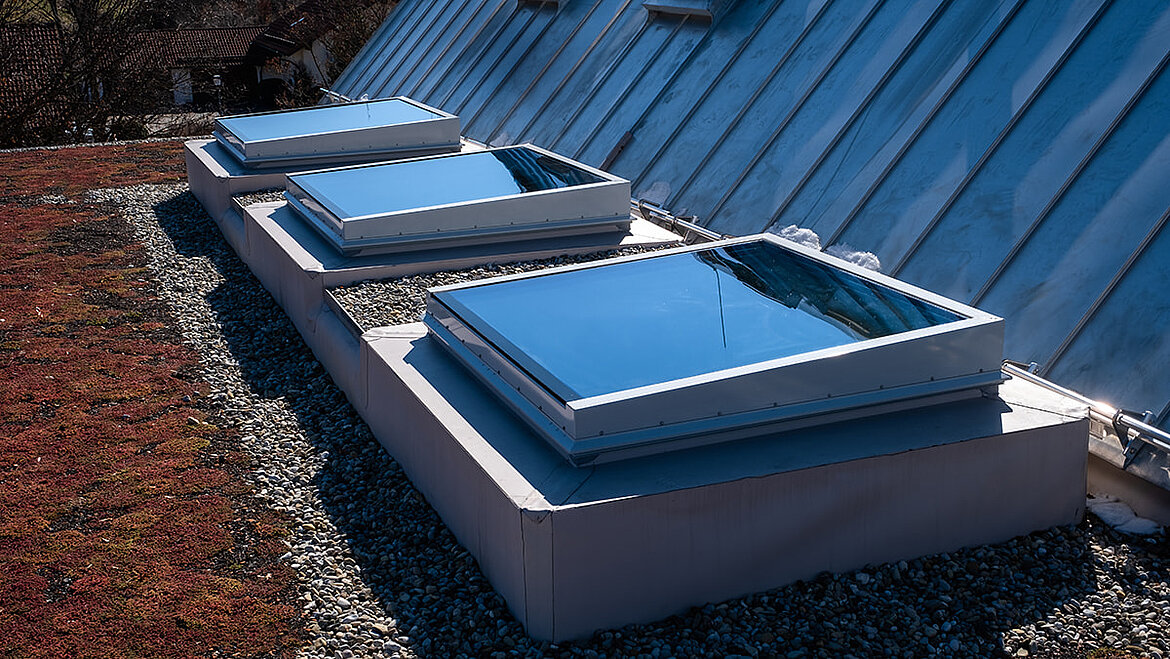
Solar control insulation with matt-light film
The solar control insulating glazing S121 triple 50/25 TSG achieves a significantly lower energy transmittance of approximately 25% for the LAMILUX Glass Skylight FE 0°. However, the light transmittance is also significantly lower here due to a matt-light film, which optimally diffuses the incident light though and avoids a direct glare effect.
Solar control insulating glazing
In the case of the S109 model, even a light transmittance value of approximately 61% was achieved. With this solar control glazing, the energy transmittance value is only 30%.
You can therefore say that it always depends on which factors are prioritized for the particular building, be it a private home, school or manufacturing hall.
The glazing offer, however, takes into account the individual aspects of each project. On the one hand, the incidence of daylight is considered. This should be as high as possible, since daylight promotes health, well-being and performance. Secondly, energy efficiency and solar control are taken into account. Glazing can also be used as sound insulation. The decision therefore always depends on the respective needs of the project.
A completely different example: From October to March it gets light late, but dark again early in the evening. The little daylight should therefore ideally be directed indoors in the best possible way. In addition, the temperature in winter falls below freezing point for a long period of time and you don't want to freeze inside the building. So here a completely different problem arises: The warmth of the sun that should be kept outside in summer at all costs, should definitely get inside in winter. That way, the sun can contribute to heating the building and help to create a comfortable indoor climate.
Thus, in order to optimally address both problems, several measures have to be combined.
So how can I keep the heat outside in summer and inside in winter?
There are several approaches to this problem. Usually, heat-insulating glazing is installed, as well as movable sun protection. Movable sun protection devices are, for example, roller shutters, awnings or roller blinds. In addition, horizontal rotating slats can also be installed, which can regulate the solar radiation.
Here, too, there are different options: On the one hand, the shading solutions can be attached to the various skylights on the inside, but on the other hand, they can also be attached to the outside. External shading solutions, however, are always preferable from an energy point of view.
Since the goal in winter is to lose as little heating energy as possible, all building components have to be thermally insulated well. For walls, ceilings and roofs, this is achieved by multilayer foam or fiber materials with many air pockets. In the case of windows, it is achieved by multi-layer construction and air- or inert gas-filled interstices. The thermal transmittance is specified by the U-value.
The Northern Lights shed construction
A special possibility is the installation of some skylights on shed roofs. The Continuous Rooflight S and the Glass Roof PR60, for example, can be designed as a shed roof construction.
In case of the Northern Light shed construction from LAMILUX, only one side, namely the north-facing side, is glazed. The south side of the daylight construction faces the sunlight and is usually equipped with opaque infills.
This design significantly reduces direct solar radiation and thus glare inside the building.
So, in conclusion, it always depends on the project and the priorities. Roller shutter, awning or slats - they all provide sun protection; which one is the optimal solution though depends on the needs of the building. It is necessary to provide optimal thermal insulation for skylights through different variants, even in winter.


